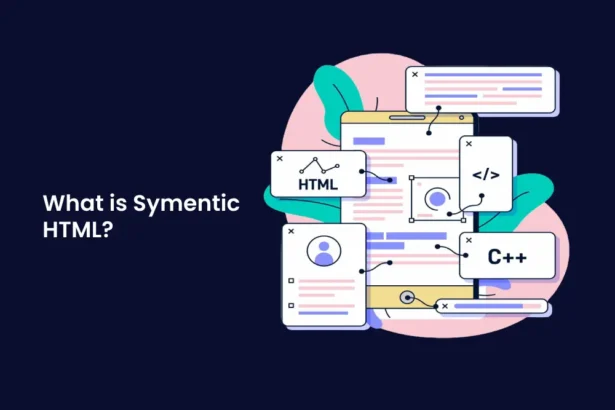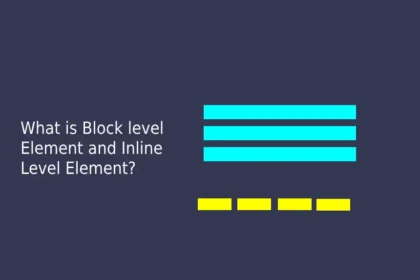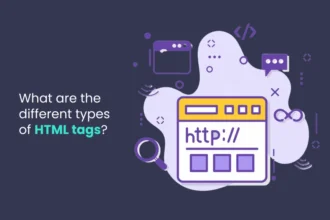HTML
What is Symentic HTML?
Semantic HTML refers to using HTML tags that convey the meaning or purpose of the content they enclose, rather than just its appearance. It helps improve accessibility, SEO, and overall…
Your Trusted Source for Accurate and Timely Updates!
Unlock the Pulse of the Present
Just for You
How to Reverse a String in JavaScript: Two Essential Methods
Reversing a string is one of the most common beginner-level tasks in programming. It’s a…
What is Block level Element and Inline Level Element?
Block-level Elements Block-level elements occupy the entire width of their parent container (by default) and…
What is Position in CSS?
In CSS, the position property is used to specify how an element is positioned in…
Explain var let and const in JavaScript with Example.
In JavaScript, var, let, and const are used to declare variables. They differ in scope,…
Lasted HTML
What are the async and defer attributes in the “script” tag?
What are the async and defer Attributes in the <script> Tag? When loading JavaScript in an HTML document using the…
What is the difference between “HTML” and “HTML5”?
Difference Between HTML and HTML5 HTML (HyperText Markup Language) is the standard language used to create and structure web pages.HTML5…
What is Doctype HTML in HTML?
The <!DOCTYPE html> declaration is used to define the document type and version of HTML being used.It tells the **browser…
What is a Meta Tag in HTML?
A meta tag in HTML is an element that provides metadata (information) about a web page.Meta tags do not display…
Difference between HTML Tag and HTML Element in HTML?
In HTML, the terms HTML tag and HTML element are often used interchangeably, but they actually refer to slightly different…
What are the different types of HTML tags?
HTML tags are the building blocks of an HTML document. They define the structure and content of web pages. The…
What is Block level Element and Inline Level Element?
Block-level Elements Block-level elements occupy the entire width of their parent container (by default) and create a new line (or…
What is Symentic HTML?
Semantic HTML refers to using HTML tags that convey the meaning or purpose of the content they enclose, rather than…













